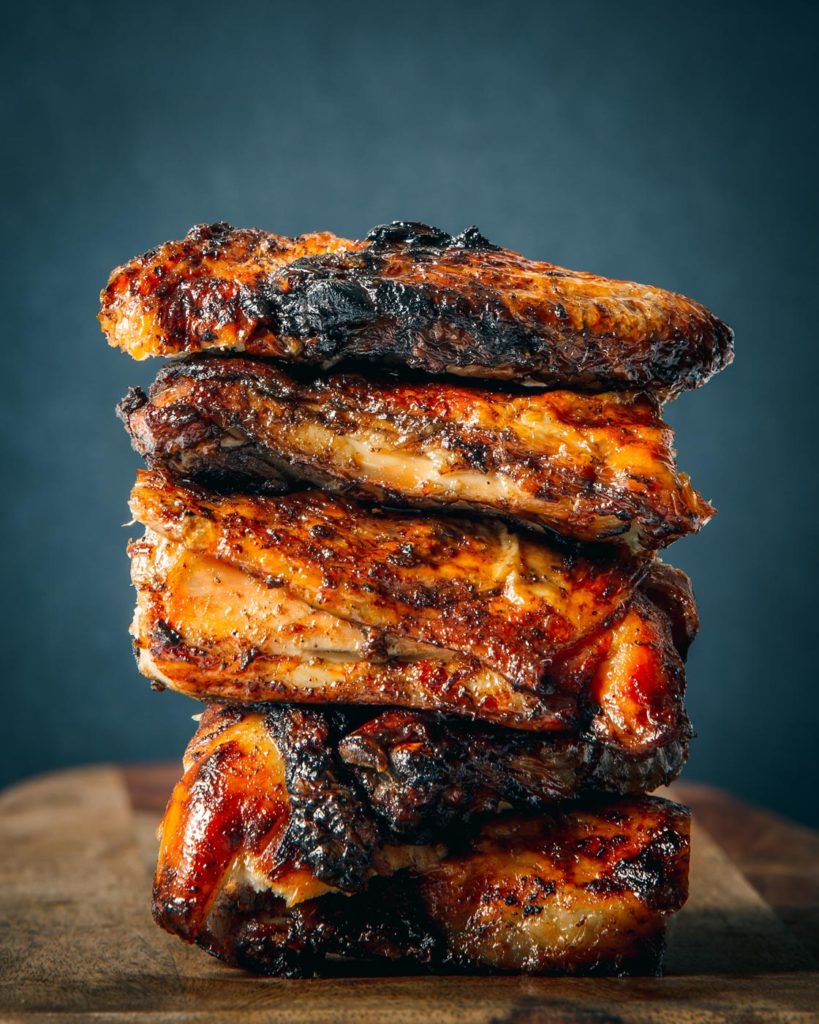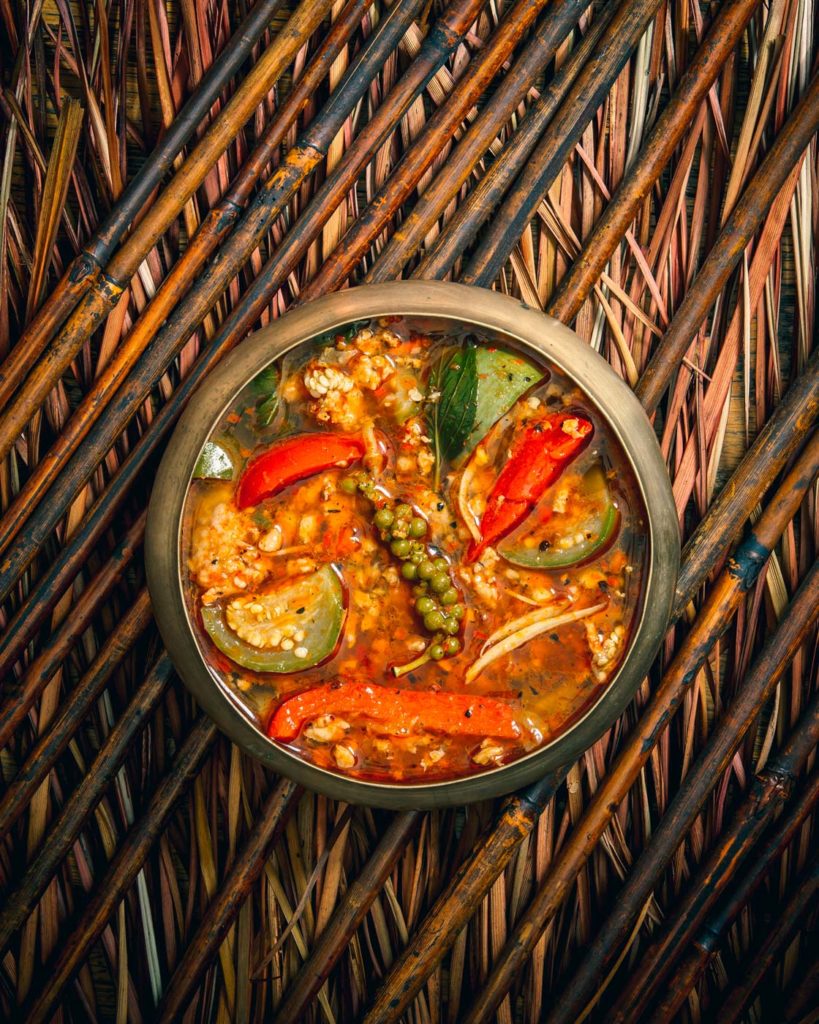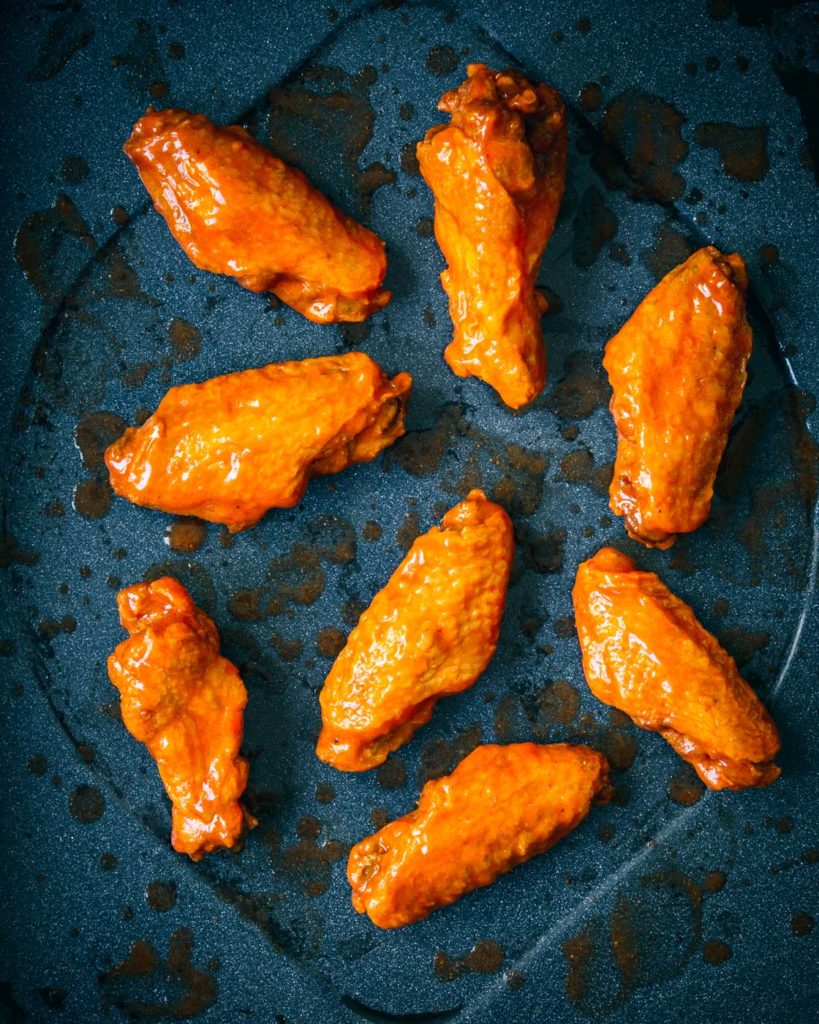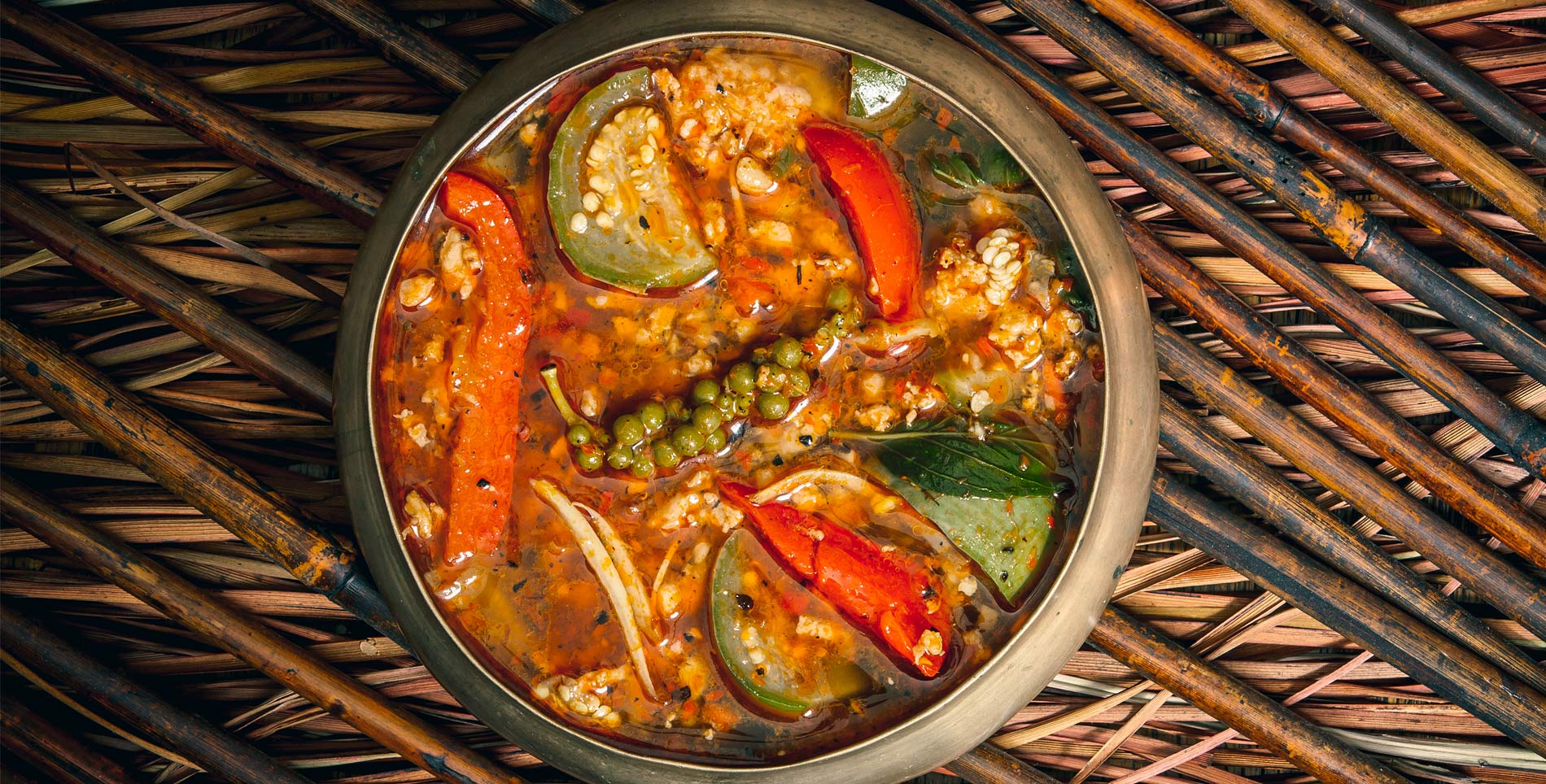As your teeth break through the vivid, glossy hull, you feel a rush of excitement come over you. Look at me, ma! I’m trying something new! But it only takes the one bite to wipe that goofy grin off your face. Your molars begin mashing skin and seeds—immediately igniting your tongue upon contact—and you start to question your own sanity. An intense prickling sensation forcefully invades your nose. You sniffle—repeatedly—a futile attempt to salvage any dignity at the table. Shiny beads of sweat dot your upper lip and forehead. You fidget, trying to play it cool, but your efforts are laughable. Clothing begins to feel optional—ripping your shirt off and drowning your body face-first in an ice bath seems totally rational at this point. This puny little pepper is kicking your ass. There is no white flag. There will be no parley. This is a full-on assault of the senses.
Capsaicin, the volatile, hydrophobic chemical compound inside peppers, is responsible for the burning sensation which comes painfully to life in the mouth, throat and stomach after ingesting these caustic beauties. Water is no help. In fact, it will make the inferno in your mouth spread, similar to throwing water on a grease fire. Milk—which contains the fat-loving protein called casein, surrounds and carries away fatty capsaicin molecules much in the same way soap washes away grease—is the prescribed remedy to cool and soothe what’s left of your palate.
Originating in the Americas, genus capsicum—what we commonly refer to as peppers—have been cultivated here for thousands of years, dating back to approximately 7,500 BCE. Thanks to the Columbian Exchange in the 15th and 16th centuries—where colonists and traders transferred plants, animals and people between the American and Afro-Eurasian hemispheres—these fiery pods traversed the globe, influencing and altering local cuisines and cultures.
However, not all peppers are created equal. In order to gauge the pungency—or heat—of peppers, American pharmacist Wilbur Scoville created the Scoville scale in 1912. By measuring the capsaicin concentration in capsicums, peppers could now be rated according to their hotness. Though not exactly a precise method—this empirical measurement is dependant on the capsaicin sensitivity of the tester—it does provide a range for the masses to go by. Each pepper is given a rating called a Scoville Heat Unit (SHU). A bell pepper, for instance, has a SHU of zero (no heat detected) whereas the Carolina Reaper—which currently holds the Guinness world record for hottest chili in the world—has a soul-scorching SHU of 1,569,300.
Whatever your piquant preference, peppers have an enjoyable—even euphoric—effect on most people, and are essential to many of the culinary creations we consume today. So grab yourself a glass of cold milk and dive in.

Jerk Chicken
Country: Jamaica
Pepper: Scotch Bonnet
SHU: 350,000
The swaying groove of reggae fills the background void. A tanned hand slowly lifts open the lid of a split oil drum, instantly inviting a spice-scented cloud that billows from beneath a matte, black steel. Succulent, charred pieces of jerk chicken—perfectly scored and seasoned—lay in an orderly fashion on top of a rack coated with scorched bits of meat and marinade. This is as real as it gets.
Originating in Jamaica, jerk is a style of cooking that involves rubbing meat—traditionally chicken and pork—with a spicy dry or wet mixture called jerk spice. This potent marinade relies upon two key ingredients: allspice and Scotch Bonnet peppers. Throw in cloves, cinnamon, nutmeg, thyme, scallions, garlic and brown sugar, and your jerk sauce is ready for action.
Derived from African ancestry, Jamaican jerk sauce has evolved over hundreds of years—influenced by an array of cultures—to become the spicy, fragrant concoction it is today. The Scotch Bonnet—the source of heat in jerk spice—is a portly pepper native to the Caribbean. Red or yellow when fully ripe, their touch of sweetness is a taunting, cruel joke. These peppers will definitely light your mouth on fire with each mouthwatering bite of jerk chicken.

Jungle Curry
Country: Thailand
Pepper: Bird’s Eye Chili
SHU: 225,000
From the tropical jungles of the northern Thai highlands comes a curry unlike any other. Kaeng pa (“jungle curry”) is a full-fledged blitz on the tastebuds in the best possible way. This oily, swampy, robust broth swims with minced chicken, green peppercorns, garlic, pea eggplant, lemongrass, galangal, kaffir leaves and the potent bird’s eye chili. It is devoid of creamy coconut milk—coconuts aren’t naturally found in the montane rainforest hills of northern Thailand—therefore offering no coconut fat to cut the heat. You’ll find zero solace here for your burning palate.
Bird’s eye chili—called prik kee noo in Thai, which translates, rather unfortunately, to “chili mouse droppings”—is common in Southeast Asia and used extensively in Thai cooking as well as South Indian, Sri Lankan, Lao, Khmer, Indonesian and Vietnamese cuisines. Their small, tapered stature packs an immense punch, turning even a macho man into a runny-nosed, watery-eyed hot mess.

Pork Vindaloo
Country: India
Pepper: Indian Jwala Pepper
SHU: 100,000
Meaning “volcano” in Hindi, the Jwala pepper—also known as the Indian finger hot chili—is the most commonly used pepper in Indian cuisine. Green when young and red when ripe, these slender and slightly wrinkled chilies can be used fresh or dried and are grown mainly in the state of Gujrat. Today, India is the largest producer, consumer and exporter of chiles in the world, although these peppers weren’t always grown here.
Many cultivars of chilis were brought to India by the Portuguese—specifically Goa which became the capital of Portuguese India—in the 15th Century when coastal areas were colonized by Portugal. Portuguese traders also brought along one traditional dish from home: carne de vinha d’alhos—meaning “meat with wine and garlic”—is a meal typically made with pork or rabbit. Goans adapted the formula to suit their tastes—wine was replaced with vinegar; sugar and a hefty dose of red and green chilis were added—creating what is known today as pork vindaloo. Layered with a complex flavor profile of sweet and sour, and laced with fire, pork vindaloo offers diners a slow, sadistic burn that creeps from the back of the throat, intensifying with each passing second until the tongue is thoroughly torched.

Buffalo Wings
Country: United States of America
Pepper: Cayenne
SHU: 50,000
The year was 1964. Teressa Bellissimo, co-proprietor of Anchor Bar in Buffalo, New York, invented what would become one of the most iconic bar foods in the U.S. Thanks to a late night visit by her son and his college buddies, Bellissimo needed to prepare a quick snack to feed her hungry guests. She had the idea to deep fry some chicken wings, toss them in Frank’s RedHot Original Cayenne Pepper Sauce, and serve them with a side of blue cheese and celery—simply because that’s what was available. Long story short, the Buffalo Wing was born. Found in nearly every sports bar and pub across the country, chicken wings have become as American as apple pie. With varying degrees of heat—“regular” all the way to “suicide”—the sizzling, cayenne-pepper infused sauce is what makes a buffalo wing so addictive.
Named for the city in French Guiana where it originated, cayenne pepper is a popular spice in a variety of cuisines and is available in various forms—fresh, dried flakes and powdered to name a few. In the U.S., it is the go-to source to kick a meal up several notches, leaving your mouth and lips painfully numb, but always wanting more.

Torta Ahogada
Country: Mexico
Pepper: Chile De Árbol
SHU: 30,000
Many delicious things in history have been created by happy accidents, including this sandwich. By the slip of a hand (literally), the torta ahogada—or, “drowned sandwich”—had its birth in Guadalajara, Mexico, in the early 1900s when a street vendor accidentally dropped the whole torta into a container of salsa. The customer loved it and word of the freshly minted sandwich quickly spread.
An authentic torta ahogada has a fairly simple blueprint. A long, flat roll with a crunchy exterior and fluffy center—called a birote—is filled with fried pork carnitas. The torta is then either media ahogada (“half drowned” or partially dipped) or bien ahogada (“well drowned” in a vat of spicy, tomato sauce infused with the potent chile de árbol, a pepper native to Mexico, until the bread and meat are completely submerged). The carnitas and bread soak up the piquant salsa, creating a savory balance of richness, acidity and mouth-singeing heat.
This story was originally published in Issue Six of Life & Thyme’s print magazine (now retired).







Our comments section is for members only.
Join today to gain exclusive access.